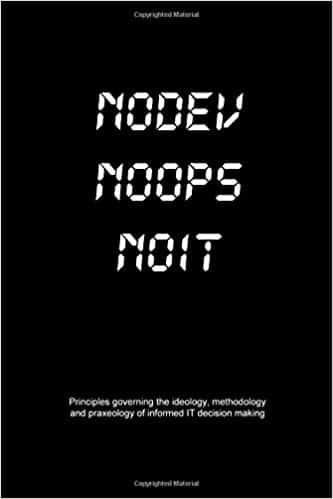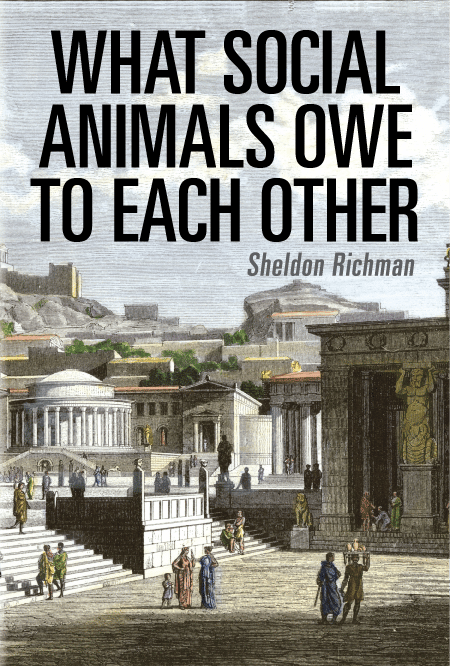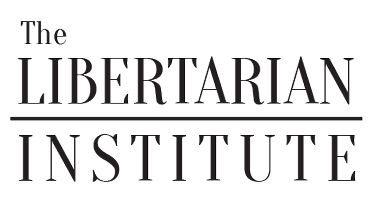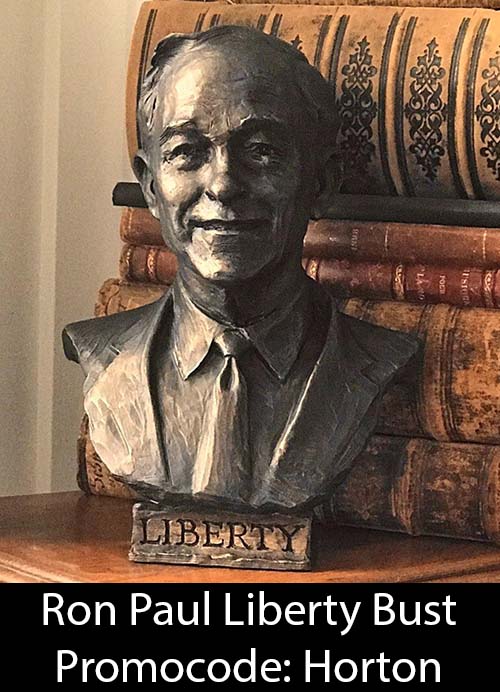Julian Borger gets it right again:
Julian Borger in Vienna
Thursday February 22, 2007 Guardian Unlimited
Much of the intelligence on Iran’s nuclear facilities provided to UN inspectors by US spy agencies has turned out to be unfounded, diplomatic sources in Vienna said today.
The claims, reminiscent of the intelligence fiasco surrounding the Iraq war, coincided with a sharp increase in international tension as the International Atomic Energy Agency (IAEA) reported that Iran was defying a UN security council ultimatum to freeze its nuclear programme.
That report, delivered to the security council by the IAEA director general, Mohammed ElBaradei, sets the stage for a fierce international debate on the imposition of stricter sanctions on Iran and raises the possibility that the US could resort to military action against Iranian nuclear sites.
At the heart of the debate are accusations – spearheaded by the US – that Iran is secretly trying to develop nuclear weapons.
However, most of the tip-offs about supposed secret weapons sites provided by the CIA and other US intelligence agencies have led to dead ends when investigated by IAEA inspectors, according to informed sources in Vienna.
“Most of it has turned out to be incorrect,” a diplomat at the IAEA with detailed knowledge of the agency’s investigations said.
“They gave us a paper with a list of sites. [The inspectors] did some follow-up, they went to some military sites, but there was no sign of [banned nuclear] activities.
“Now [the inspectors] don’t go in blindly. Only if it passes a credibility test.”
One particularly contentious issue was records of plans to build a nuclear warhead, which the CIA said it found on a stolen laptop computer supplied by an informant inside Iran.
In July 2005, US intelligence officials showed printed versions of the material to IAEA officials, who judged it to be sufficiently specific to confront Iran.
Tehran rejected the material as forged, and there are still reservations within the IAEA about its authenticity, according to officials with knowledge of the internal debate in the agency.
“First of all, if you have a clandestine programme, you don’t put it on laptops which can walk away,” one official said. “The data is all in English which may be reasonable for some of the technical matters, but at some point you’d have thought there would be at least some notes in Farsi. So there is some doubt over the provenance of the computer.”
IAEA officials do not comment on intelligence passed to the watchdog agency by foreign governments, saying all such assistance is confidential.
A western counter-proliferation official accepted that intelligence on Iran had sometimes been patchy, but argued that the essential point was Tehran’s failure to live up to its obligations under the non-proliferation treaty.
“I take on board on what they’re saying, but the bottom line is that for nearly 20 years [the Iranians] were violating safeguards agreements,” the official said. “There is a confidence deficit here about the regime’s true intentions.”
That deficit will be deepened by yesterday’s IAEA report, which concluded bluntly that “Iran has not suspended its enrichment related activities”, in defiance of a December UN ultimatum to stop.
The report noted that Iran had continued with the operation of a pilot enrichment plant.
Furthermore, the report said Iran had informed the agency of its plan to install 18 arrays, or cascades, of 164 centrifuges in an underground plant by May – a total of nearly 3,000.
At the moment, Iran’s centrifuges are being used to make low enriched uranium, but if they were switched to making highly enriched, weapons grade uranium they could produce enough for a bomb in less than a year.
Mr ElBaradei’s report said that Iran had so far not agreed to the IAEA installing remote monitoring devices in the enrichment plant to keep constant tabs on what the Iranians were doing with them.
Furthermore, the IAEA still has a string of questions about the Iranian programme that remain unanswered. Until they are, the agency will not give Iran a clear bill of health.
One of the “outstanding issues” listed in yesterday’s report involves a 15-page document that appears to have been handed to IAEA inspectors by mistake with a batch of unrelated paperwork in October 2005.
That document roughly describes how to make hemispheres of enriched uranium, for which the only known use is in nuclear warheads. Iran has yet to present a satisfactory explanation of how and why it has the document.
“The issue here is the Iranians have not addressed outstanding issues, and we are still uncertain about the scope and intent of the programme,” a senior UN official said last night.
“We cannot ensure the correctness and completeness of their declaration.”














